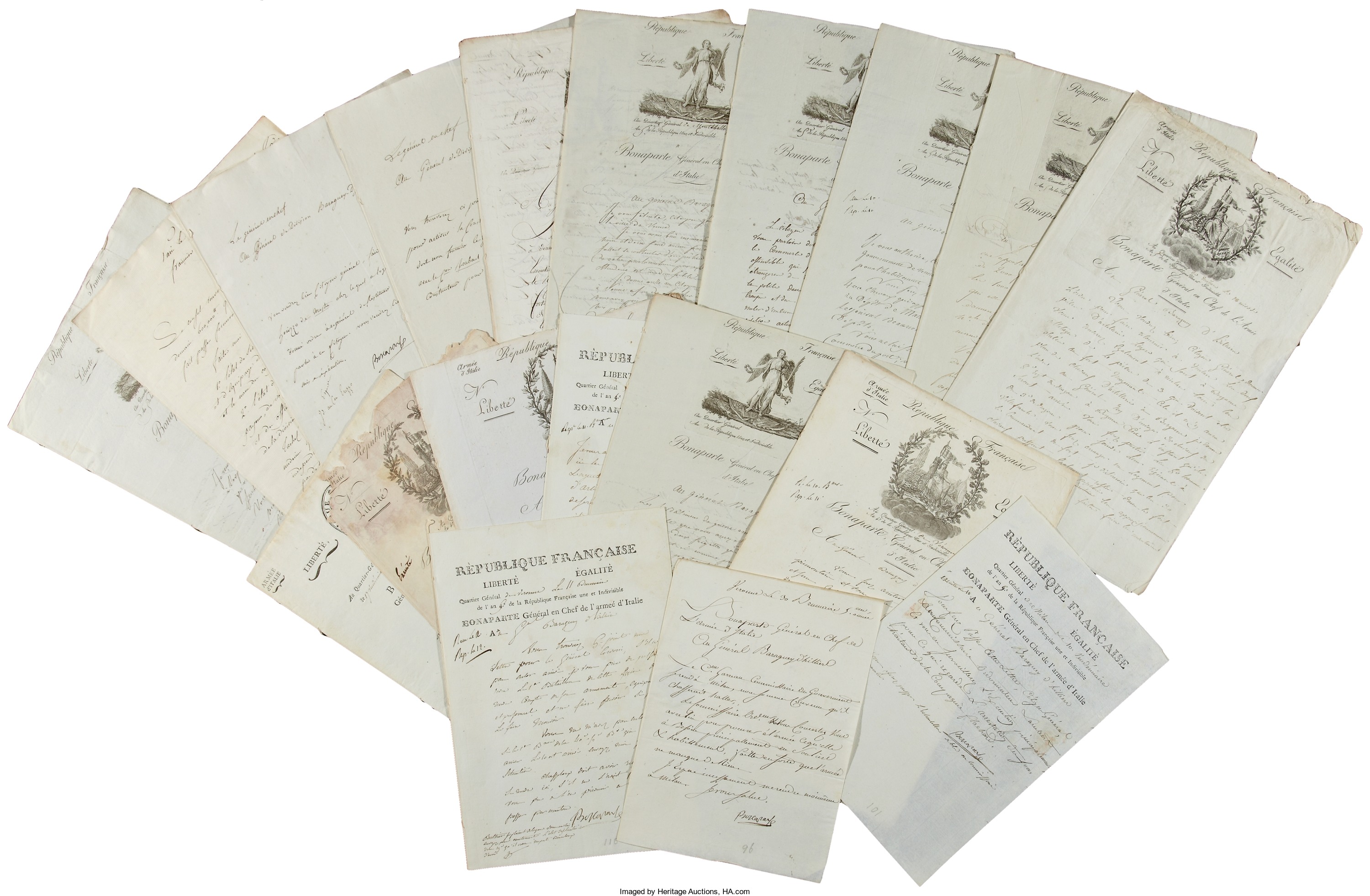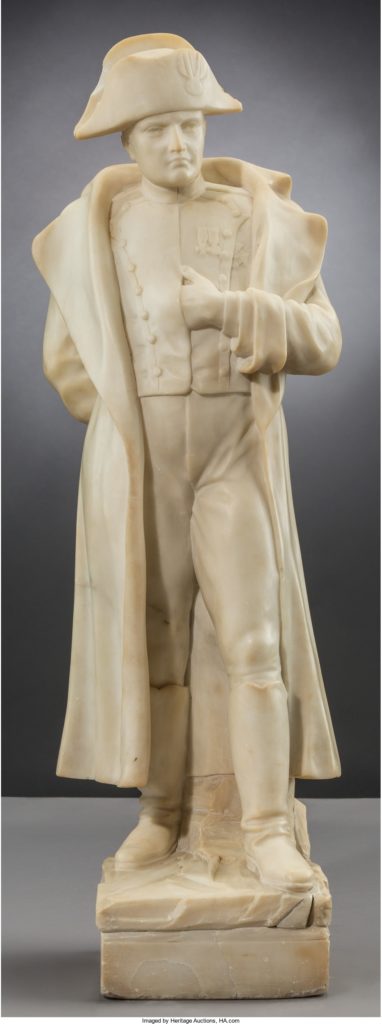
By Jim O’Neal
Napoleon’s defeat at the Battle of Waterloo, south of Brussels, on June 18, 1815, marked his final overthrow as Emperor of the French, ending 23 years of European warfare. It was an epic encounter in which 118,000 British, Dutch and Prussian forces prevailed over a French Army of 73,000 hastily assembled by Napoleon.

Born in Ajaccio, on the island of Corsica, to a family of minor Italian nobility, Napoleon Bonaparte (1769-1821) was commissioned by the French army and was an enthusiastic supporter of the Revolution. In 1796, at age 26, he was appointed to command the Army of Italy, winning a series of impressive victories.
Increasingly convinced of his destiny, by 1800, having staged a coup d’état, he dominated France as he would subsequently dominate Europe. He was as brilliant and tireless an administrator as he was a soldier.
His most enduring reform was the 1804 introduction of the Napoleonic Code, which is still the basis of French law. He bred a sense of French invincibility, and this made his eventual defeat all the more traumatic for the nation. Of the 450,000 men he led against Russia in 1812, barely 40,000 survived. At Leipzig, Germany, in 1813, outnumbered 3 to 1 by forces from Austria, Prussia, Russia and Sweden, he suffered another major defeat.
Forced to resign in 1814, Napoleon was exiled to the island of Elba in the Mediterranean. He escaped before his final defeat and his imperial ambition ended in the Waterloo mud. In 1815, he was dispatched to Saint Helena in the South Atlantic, where he died six years later.
Famous last words: “I must make all the peoples on Europe one people, and of Paris the Capital of the World.” – Napoleon Bonaparte, 1815, the Battle of Waterloo
 Intelligent Collector blogger JIM O’NEAL is an avid collector and history buff. He is President and CEO of Frito-Lay International [retired] and earlier served as Chairman and CEO of PepsiCo Restaurants International [KFC Pizza Hut and Taco Bell].
Intelligent Collector blogger JIM O’NEAL is an avid collector and history buff. He is President and CEO of Frito-Lay International [retired] and earlier served as Chairman and CEO of PepsiCo Restaurants International [KFC Pizza Hut and Taco Bell].
